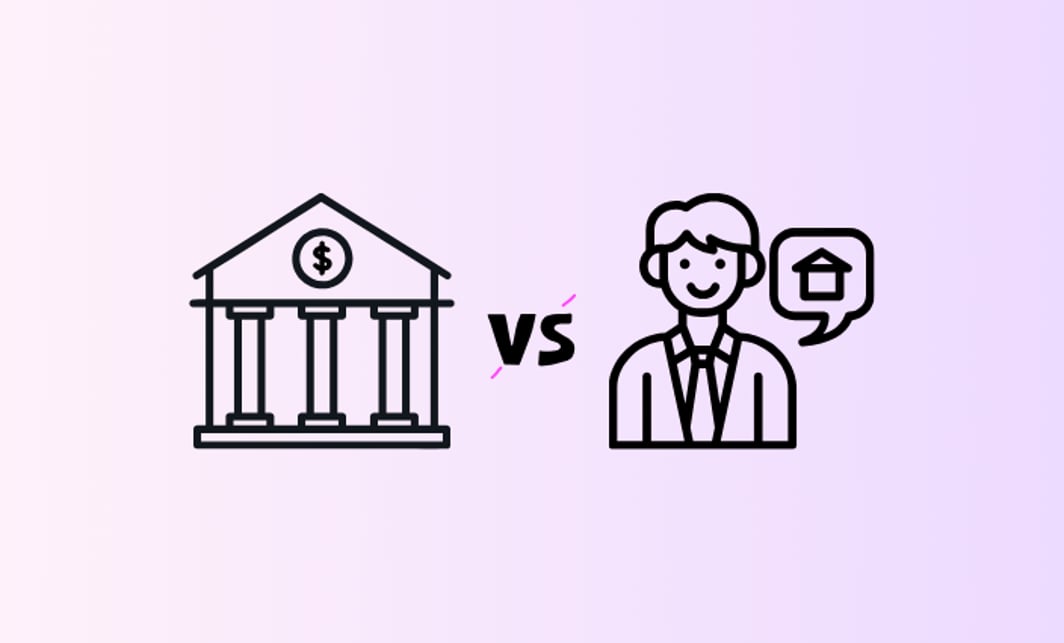Introduction: Meet Sarah, an Aussie homebuyer navigating LVR
Sarah, a 29-year-old nurse from Melbourne, has been saving diligently for years to buy her first home. After finding a modest three-bedroom house valued at AUD 700,000, she approaches lenders to secure a home loan. However, Sarah soon learns that her borrowing capacity and loan terms depend heavily on her Loan-to-Value Ratio (LVR) — a concept she initially found confusing.
Understanding LVR is crucial for Australian homebuyers like Sarah because it directly influences loan eligibility, interest rates, and whether she’ll need to pay Lenders Mortgage Insurance (LMI). In this article, we’ll unpack what LVR means, how it affects home loans in Australia’s 2025 lending environment, and practical strategies to manage it for better financial outcomes.
What is Loan-to-Value Ratio (LVR)? Definition, Formula, and Analogy
Loan-to-Value Ratio (LVR) is the percentage of the loan amount compared to the appraised value of the property:
LVR = (Loan Amount ÷ Property Value) × 100
Example:
LVR = (560,000 ÷ 700,000) × 100 = 80%
Simple Analogy: The pie chart of your home purchase
Imagine your home as a pie worth 100%. The LVR represents the slice covered by the bank’s loan, while the rest is your deposit (equity). A higher LVR means the bank owns a bigger slice, implying more risk for the lender. Conversely, a lower LVR means you have more skin in the game, which lenders favour.
LVR bands and what they mean in Australia
Australian lenders typically categorise LVR into bands, each with distinct implications:
These bands guide lenders in assessing risk and pricing home loans accordingly.
How LVR affects home loans in Australia
1. Loan Eligibility
Lenders assess LVR as a primary risk indicator. In 2025, most major lenders cap LVR at 80% for low-risk loans. Borrowers with LVR exceeding 80% often face stricter eligibility criteria or require LMI to offset lender risk. This affects whether someone like Sarah can secure a loan or the amount she can borrow.
2. Interest Rates
Lower LVR loans usually attract more competitive interest rates. High LVR loans (above 80%) are riskier, so lenders charge higher rates to compensate. For example, a 1-2% premium on interest rates for loans over 80% LVR is common, impacting monthly repayments and total loan costs.
3. Lenders Mortgage Insurance (LMI)
LMI is mandatory for loans with LVRs above 80%, protecting lenders if borrowers default. For borrowers, LMI adds upfront or ongoing costs, increasing the total loan amount. For instance, Sarah would pay LMI if she borrows more than 80% of her property value, potentially adding thousands to her loan .
4. Borrowing Power
High LVR reduces borrowing power since lenders see higher risk. Regulatory bodies like APRA monitor LVR exposure to maintain financial stability, often limiting lending to high LVR borrowers. For Sarah, this means she might have to save a bigger deposit or accept tighter lending terms.
LVR in the 2025 Australian home loan market
Current LVR limits and lender policies
In 2025, most Australian lenders enforce an 80% LVR cap for low-risk owner-occupied loans, with some offering up to 95% LVR depending on borrower profile and loan type. Investment property loans often have lower LVR limits (around 90%) due to higher risk.
For first home buyers, these limits are pivotal. An 80% LVR requires a 20% deposit, often challenging in a market where property prices rose by 7.2% in the past year. Some lenders provide higher LVR options with LMI or guarantor arrangements to improve access.
Regulatory environment and oversight
Australian regulators including APRA, ASIC, RBA, and ACCC maintain prudent lending standards to curb risky lending. The 2025 Financial Stability Review highlights that loans above 80% LVR remain under close scrutiny, especially when combined with high loan-to-income ratios. These standards aim to reduce arrears and protect the financial system.
LVR calculations and additional costs
Lenders calculate LVR based on property value only, excluding additional costs such as stamp duty and legal fees. However, if borrowers roll these costs into the loan, it increases the LVR and risk profile, potentially triggering LMI or affecting loan terms.
Financial implications of high LVRs
Lenders mortgage insurance (LMI) requirements and costs
LMI is a significant expense for high LVR borrowers, especially first home buyers who often borrow above 80%. In 2025, LMI costs remain substantial, adding thousands to the loan value, which can deter some buyers or increase monthly repayments.
There is ongoing discussion about regulatory reforms to ease LMI costs for first home buyers, but for now, it remains a major consideration in loan affordability.
Effect on loan affordability and borrower risk
High LVR loans mean larger debts relative to property value, increasing vulnerability to market downturns or interest rate rises. With dwelling prices rising and rental costs increasing faster than incomes, affordability pressures mount for high LVR borrowers.
Tips to lower your LVR
Increase your deposit
Saving a larger deposit is the most straightforward way to reduce LVR. Targeting an 80% or lower LVR can avoid LMI and attract better rates.
Use shared-equity options
Shared equity schemes with government or private partners can reduce the loan amount, lowering LVR and helping borrowers avoid LMI.
Accelerated repayments and refinancing
Making extra loan repayments or refinancing when property values rise can reduce LVR over time, improving loan terms and reducing risk .
LVR and property investors
Investors typically face stricter LVR limits, often capped at 90% or lower, due to higher risk. LMI is common on investment loans above 80% LVR, and interest rates may be higher. Investors should carefully consider LVR impact on cash flow and risk.
LVR rules for first home buyers
First home buyers often struggle with deposit requirements for low LVR loans. Government schemes like the Help to Buy program offer support by increasing income and property price caps in 2025, but lender LVR policies still play a critical gating role.
Mortgage brokers are instrumental in helping first home buyers navigate these policies and access suitable products.
Case Studies and Scenarios
Scenario 1: Sarah with 85% LVR Loan
- Property value: AUD 700,000
- Loan amount: AUD 595,000 (85% LVR)
- LMI: Required, approx. AUD 10,000 added to loan
- Interest rate: 0.3% higher than 80% LVR loans
- Monthly repayment impact: Increased by approx. AUD 100–150
Scenario 2: Sarah with 80% LVR Loan
- Deposit increased to AUD 140,000
- No LMI needed
- Lower interest rate
- Monthly repayments reduced by AUD 100+ compared to Scenario 1
This simple comparison shows how reducing LVR by increasing deposit can save significant costs over the loan term.
LVR vs Debt-to-Income (DTI) Ratio: brief comparison
- LVR measures loan size relative to property value (asset side).
- DTI (or Loan-to-Income ratio) measures debt repayments relative to borrower income (capacity side).
Both metrics are essential for lenders; high LVR indicates greater risk in asset security, while high DTI signals repayment stress risk.
Take control of your LVR today
For Australian homebuyers like Sarah, understanding and managing Loan-to-Value Ratio is vital for securing affordable, accessible home loans. Whether you’re a first home buyer or investor, knowing your LVR can unlock better loan terms, help avoid costly LMI, and improve your borrowing power.
Action Steps:
- Calculate your LVR using online tools or speak to a mortgage broker.
- Consider strategies to reduce LVR, such as saving a bigger deposit or exploring shared equity.
- Keep abreast of lender policies and government schemes in 2025 that may assist you.
Start your home loan journey informed - your LVR is a key to unlocking the door to your new home.
FAQ
Yes, some lenders offer loans up to 95% LVR, mostly for owner-occupied properties, but these come with stricter lending criteria, mandatory LMI, and possibly higher interest rates.




